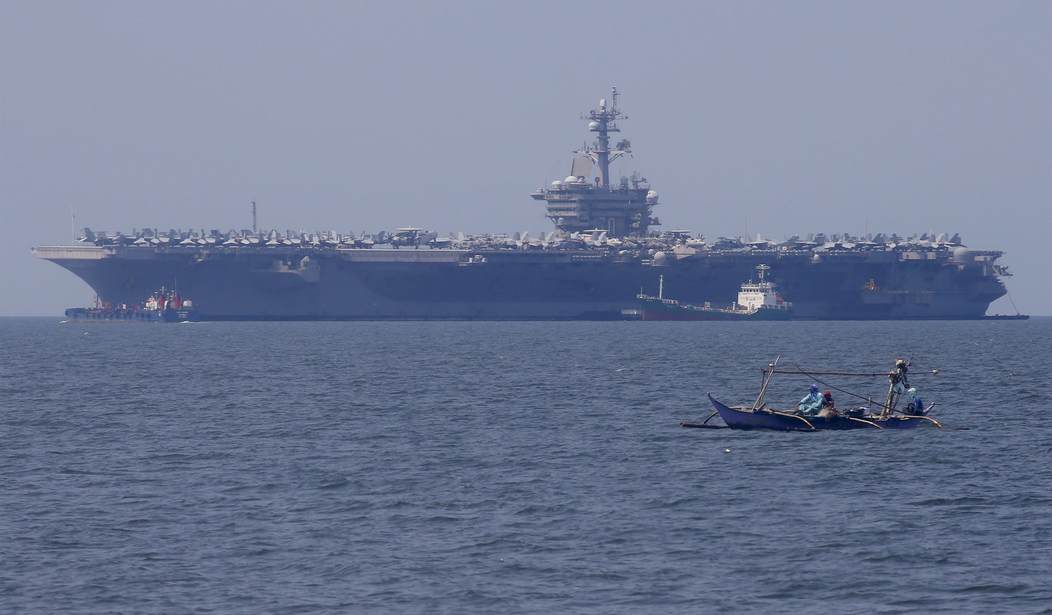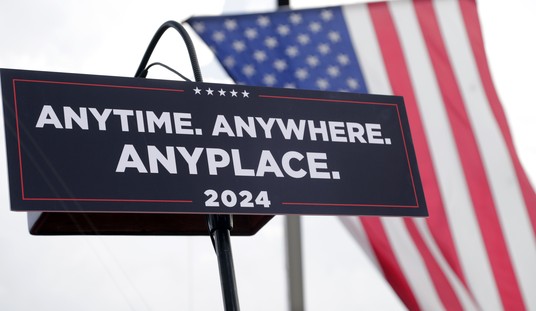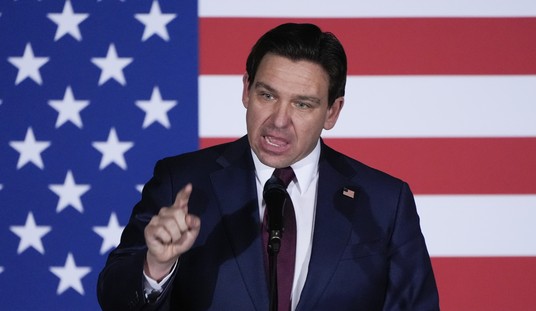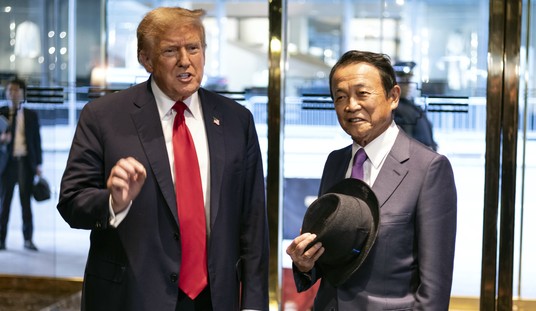Just because it was Christmas doesn’t mean things have calmed down in the South China Sea. On the contrary, China is loudly vocalizing its displeasure with the Philippines and the United States. Here’s an opinion piece from the Global Times (Chinese state media) published just before Christmas.
A peaceful and placid South China Sea is in the best interests of the countries in the region. However, this is the last thing on the US’ mind. The South China Sea has witnessed hundreds of years of peace and stability before the US sent its navy here. Countries at the rim of the sea have already worked out many ways to solve their frictions during years of contacts and interactions because all of them know that regional stability is the key to their development and peace is what they must cherish. This is why disputes between countries in the region often find amicable solutions, as seen in the case of Vietnam and China managing their disagreements over maritime dispute.
President Marcos Jr. needs to wake up from the illusion that the US will provide everything the Philippines asks for. Judging by what the US has often done to its allies and partners, it is more likely that the US, as a warmonger, will only back-stab rather than back-up.
That article also came with a cartoon which Greg Poling of the Southeast Asia Program at the Center for Strategic and International Studies in Washington, D.C. described as a summary of the Chinese perpective.
GT here reflecting Beijing's view of the int'l system: only great powers count; smaller states lack agency and act only as tools of great power competition. This is why China has refused to negotiate on the SCS in good faith for 3 decades. https://t.co/N15uYVcRQX
— Greg Poling (@GregPoling) December 20, 2023
If you look at what China is really saying here it’s that the US is using Philippines to stir up trouble in what would otherwise be a peaceful region. What China doesn’t say is that the peace would be the same kind China enforces back home, i.e. anyone who criticizes any action of the communist government is liable to wind up being visited by the police. Dictatorships are very peaceful so long as you’re doing whatever the dictator wants.
In the case of the South China Sea, things are peaceful when China is allowed to bully everyone else and get its way, including militarizing reefs and islands that lie within the exclusive economic zone of the Philippines. What China considers stirring things up is a smaller nation saying no to its bullying. But it’s true that the only reason these smaller nations can risk saying no to China is that the US has made a point of coming to their defense. So this week a US Carrier group is back in the South China Sea:
Aircraft carrier USS Carl Vinson (CVN-70) and its escorts are back underway in the South China Sea following a short port visit to Singapore. The Vinson Carrier Strike Group is one of the few extra-regional naval forces currently operating in South East Asia over the Christmas period with other navies having all wrapped up their deployments.
The strike groups – composed of carrier Vinson with embarked Carrier Air Wing (CVW) 2, cruiser USS Princeton (CG-59) and destroyers USS Kidd (DDG -100) and USS Sterett (DDG-104) – arrived in Singapore for a scheduled port visit on Dec. 17, according to a Navy release.
That’s a lot of hardware and China is once again squawking about it. From yesterday’s Global Times:
The US carrier’s entry into the South China Sea this time is adding fuel to the persistent tensions between China and the Philippines in the region, and sends a wrong signal to the Philippines that could incite Manila to take more extreme moves that escalate contradictions with China, Chen said.
Since August, the Philippines has repeatedly sent vessels to illegally trespass into waters off Chinese islands and reefs in the South China Sea and saw its attempts restricted by the China Coast Guard. One of the focuses of the Philippine provocations is Ren’ai Jiao (also known as Ren’ai Reef), as the Philippines made several attempts to send building materials to reinforce an old warship illegally grounded there…
In response, Mao Ning, a spokesperson at China’s Ministry of Foreign Affairs, said at a regular press conference on Tuesday that the recent developments involving China and the Philippines in the South China Sea are caused by the Philippines’ change of policy and position, refusing to honor its commitments, violating international law and the Declaration on the Conduct of Parties in the South China Sea, and deliberate infringement of China’s sovereignty and provocations, and the responsibility lies with the Philippines.
China will resolutely protect its territorial sovereignty and maritime rights and interests, Mao said, noting that “we hope that the Philippines will make the wise choice, return to the right track of properly handling disputes through dialogue and consultation, and work with China to properly handle and manage the situation at sea.”
Again, the Philippines is not trespassing. An international maritime court has already concluded China has no claims to the reef in question (I went into more detail here). And China is irritated that the Philippines “assertive transparency” campaign, i.e. inviting foreign journalists aboard ships to witness China’s behavior first hand, has been working.
Collin Koh, a senior fellow at the S Rajaratnam School of International Studies at Singapore’s Nanyang Technological University, said Manila’s tactics had so far been effective.
“It may not have compelled Beijing to roll back its actions in the South China Sea, but at least one can say it might have deterred China from upping the ante via vertical escalation,” he said, referring to the process of taking even more drastic actions such as the use of force.
This has left China with limited options, prompting Beijing to carefully calibrate its response and avoiding crossing the “armed attack” threshold, which could invoke the US-Philippines Mutual Defence Treaty, Koh added…
Some believe Beijing is playing the long game until the day the rusting warship falls apart on its own, which would force the Philippines to evacuate the Second Thomas Shoal.
Others said China was attempting to bait Manila into firing the first shot, which Koh said “would then legitimise Beijing to escalate as a ‘self-defensive measure’”.
So long as the world is watching and so long as the Philippines doesn’t fire the first shot, China finds itself out of options except of course for whining in state media.








Join the conversation as a VIP Member